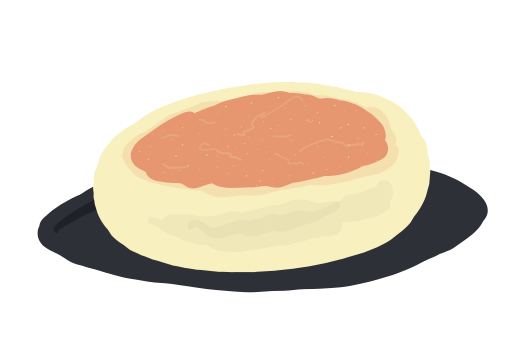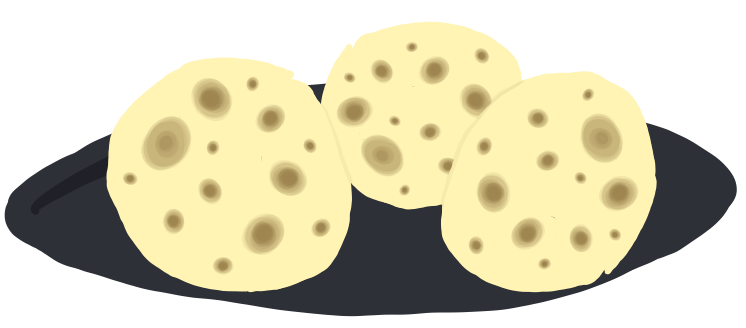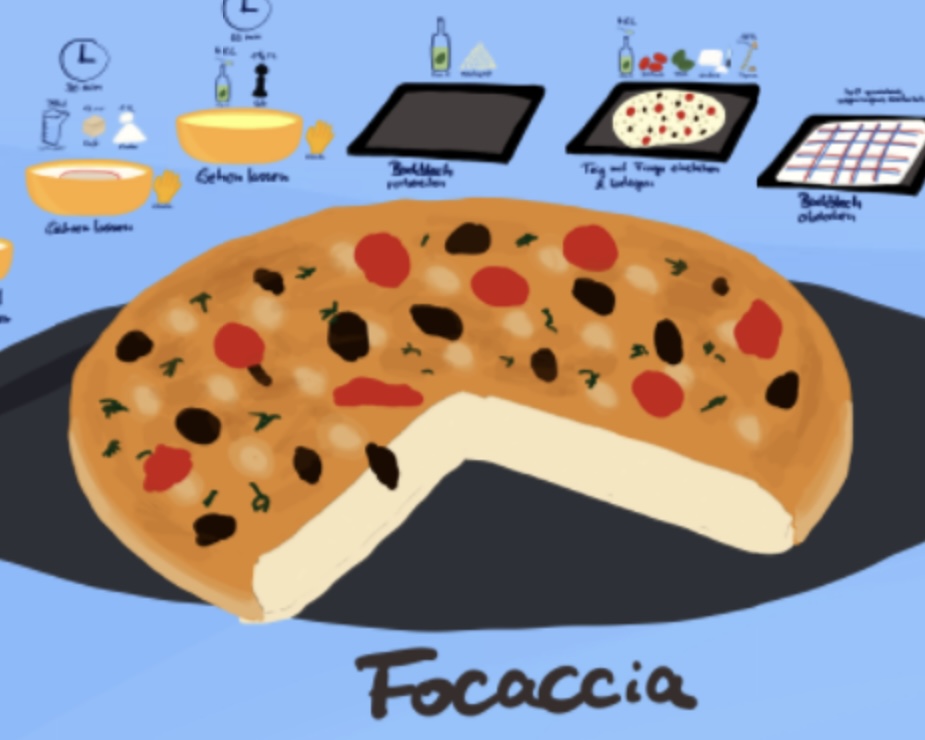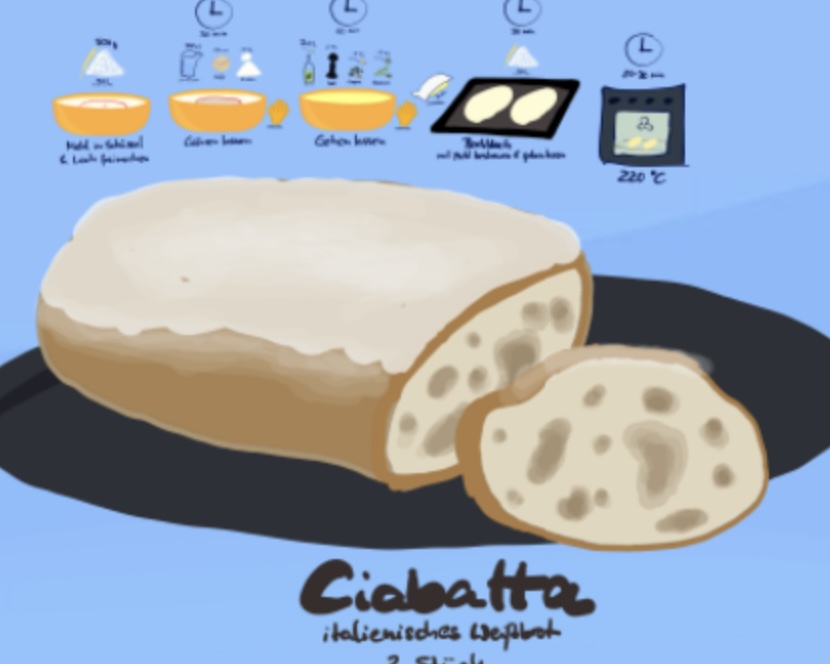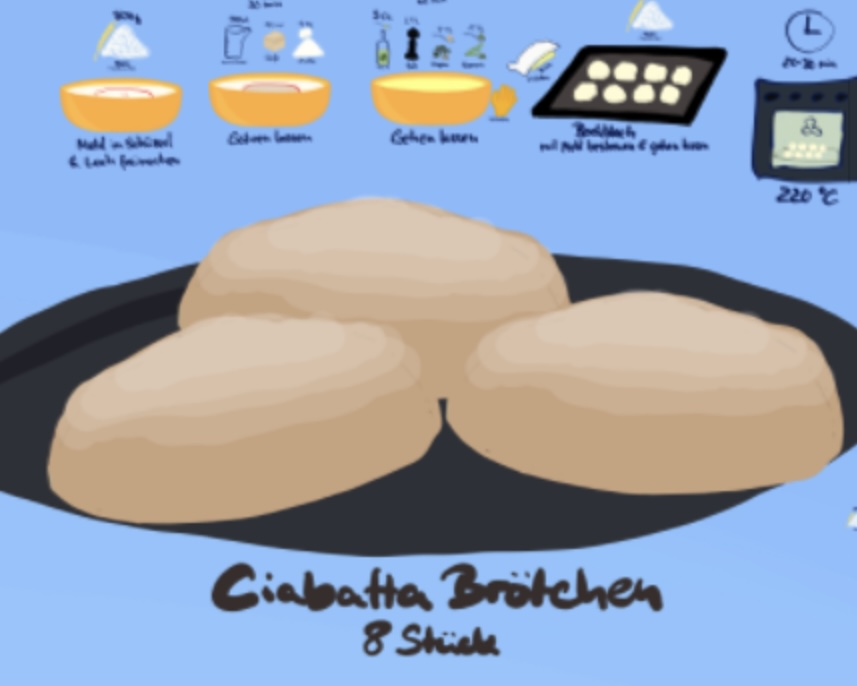Classic Cornbread Recipe
Sweet and crumbly, a comforting side dish for barbecue or chili.Instructions: Tap the Map & Cook Along 👇
Cornbread: A Staple of Comfort and Tradition
In the diverse world of baked goods, where each bread, cake, and pastry tells a unique story, cornbread stands out as a beloved classic steeped in history and tradition. Originating from Native American cuisine and adopted into the culinary tapestry of the Southern United States, cornbread has evolved into a symbol of comfort and simplicity. This golden, crumbly delight is cherished not only for its delicious taste but also for its versatility and ease of preparation. Let's delve into the savory world of cornbread and discover why it remains a staple in kitchens across America.
The Roots of Cornbread
Cornbread's origins can be traced back to the indigenous tribes of North America, who were the first to cultivate and utilize corn (maize) as a staple food. The early versions of cornbread were simple: cornmeal mixed with water and cooked on a hot stone. When European settlers arrived, they adopted the indigenous methods, incorporating cornmeal into their baking repertoire. Over the centuries, cornbread evolved, borrowing ingredients like milk, eggs, and sugar, transforming into the diverse versions we enjoy today.
The Art of Making Cornbread
One of the joys of making cornbread lies in its simplicity. The basic recipe calls for cornmeal, which gives the bread its characteristic texture and slightly sweet, earthy flavor. To this, ingredients such as flour, sugar, baking powder, milk, eggs, and butter are added, creating a batter that bakes up light and fluffy, yet wonderfully moist. The beauty of cornbread is that it requires minimal effort and ingredients, making it accessible to bakers of all skill levels.
Varieties and Variations
Cornbread's adaptability is one of its most appealing traits. It can be sweet or savory, thin and crispy or thick and fluffy. In the South, cornbread is traditionally unsweetened, often baked in a cast-iron skillet which imparts a delectable crust. Sweet cornbread, popular in other parts of the country, includes sugar or honey for a delightful balance of sweetness. The addition of ingredients like jalapeños, cheese, corn kernels, or bacon can transform the basic recipe into a rich, flavorful treat that pairs wonderfully with a range of dishes.
Cornbread in Culinary Culture
Cornbread has cemented its place in American culinary culture, particularly in Southern cooking. It's a fixture at family gatherings and holiday tables, often served alongside chili, barbecue, or stew. But its role extends beyond the South; cornbread accompanies many different meals across the country, reflecting the regional preferences and the creative adaptations of those who bake it.
More Than Just Bread
Beyond its delicious taste and comforting qualities, cornbread carries with it a sense of heritage and home. It tells stories of family dinners, holiday feasts, and simple, everyday meals where bread was a symbol of sharing and community. Whether it's a traditional recipe passed down through generations or a new, inventive version, each batch of cornbread is a celebration of culture and history.
Conclusion
Cornbread is more than just a side dish; it's a piece of culinary history, a versatile staple that appeals to both the heart and the palate. With its rich flavors and simple preparation, cornbread invites everyone to enjoy baking and sharing. So the next time you're in the mood for something that's both nourishing and comforting, remember cornbread—a humble but mighty treat that's sure to satisfy.
